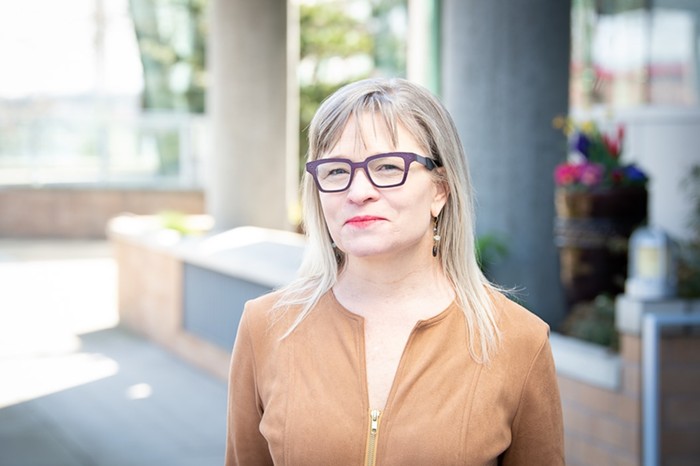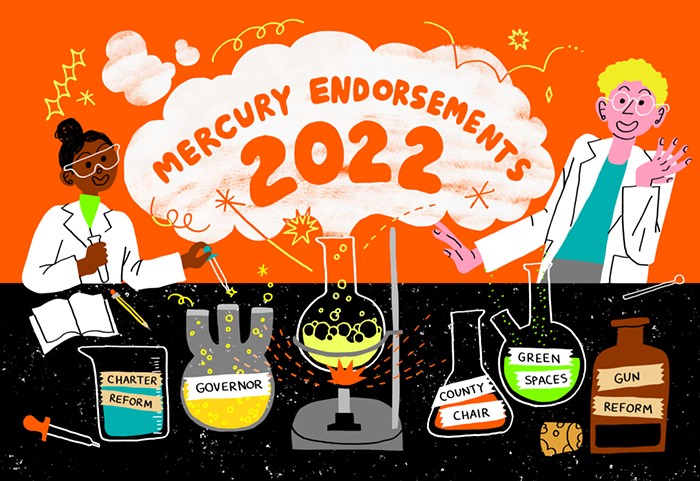Oregon just celebrated the third anniversary of cannabis legalization, and I think it’s safe to say it’s been a success. While it’s had a negative impact on the Oregon Medical Marijuana Program, and our state’s nearly 30,000 licensed growers are currently struggling with a saturated market and depressed prices for their product—not to mention our lack of social consumption spaces and events, which still boggles my mind—the many benefits of our legal cannabis market still outweigh the negatives.
Connecticut, Michigan, and Ohio are expected to vote on similar legalization programs in November. Meanwhile, conversations about national legalization continue to get louder, and predictions for industry values continues to skyrocket. A recent report by BDS Analytics predicts a US cannabis market value of $23.4 billion by 2022, and a 22.3 percent annual compound growth rate.
In fact, it’s going so well, some people are even asking whether we should legalize, regulate, and tax all drugs. (“Hell yeah, let’s do it! Let’s totally do it now, bro!” hoarsely shouted the worst guy you went to college with.) Mexico’s newly elected president even said he will give carte blanche to his future interior minister to explore legalization of all drugs to curtail Mexico’s cartel-related violence, which has resulted in more than 200,000 murders since 2006.
A recent paper by a Harvard-based researcher and published by the Cato Institute gives insight to the financial picture: Legalizing all drugs would generate more than $100 billion in savings and taxes annually, benefitting federal, state, and local governments.
The author, Jeffrey Miron, published a prior paper in 2010 forecasting cannabis revenue if legalized, and recently said his predictions were vastly exceeded in Colorado, Oregon, and Washington. He told Marijuana Moment: “This report estimates that $47.9 billion is spent annually on drug prohibition enforcement, whereas $58.8 billion could potentially be raised in tax revenue.”
Miron breaks down, state by state, the federal, state, and local expenditures attributable to drug prohibition in 2016 by category: “marijuana,” “cocaine/heroin,” “synthetic,” and “other,” which I assume to mean mushrooms, peyote, and other plant-based hallucinogens.
In 2016, $375 million was spent in Oregon on the prohibition of all drugs: $57 million for cannabis, $177 million for cocaine/heroin, and $140 million on other drugs. Miron estimates that legalization and state taxation would result in nearly $246 million for Oregon, with $50 million from cannabis, $108 million from cocaine, $63 million from heroin, and $23 million from other drugs. If you add that figure to the money we’d be saving on prohibition, it adds up to nearly $625 million in increased revenue for Oregon.
But what about the social benefits? The current system for drug prohibition and enforcement is a massive, decades-long failure, with blatantly racist punishment for people of color. Treatment services are grossly underfunded, and drug-based criminal convictions severely limit people trying to reintegrate into the work force after incarceration.
It’s true that the system is broken. Criminalizing drug use—the way we’re doing it—isn’t working, and there are public health benefits to having legal access to drugs that have undergone rigorous screenings for purity and safety. Yet selling drugs with no discernable benefits, and high risks such as death, is a flawed solution.
Cocaine and heroin aren’t difficult to find in most US cities. But to purchase personal amounts of those drugs at a cannabis dispensary isn’t acceptable for most people I know. They view cannabis as having tremendous healing properties—many of which we’re only just beginning to learn about—while having few detrimental effects as a relaxant compared to prescription pills or alcohol.
Some of these same people enjoy psychedelic mushrooms, and would be down to micro (or macro) dose if they had access to peyote—with the belief that these plants have beneficial uses for physiological conditions such as depression, PTSD, and others.
But I don’t hear anyone singing the praises of the healing properties of a bump of coke or a syringe of heroin. When used in controlled medical settings, both have remarkable pain-killing properties. When consumed recreationally, often the intent is to kill a different type of pain. (Barring Nazi pilots, meth has never done anyone who used it any favors.)
So, instead of thinking about profit, perhaps we should start listening to drug users about the pain they’re working to numb, and begin putting sufficient resources into offering comprehensive treatments and alternatives.












